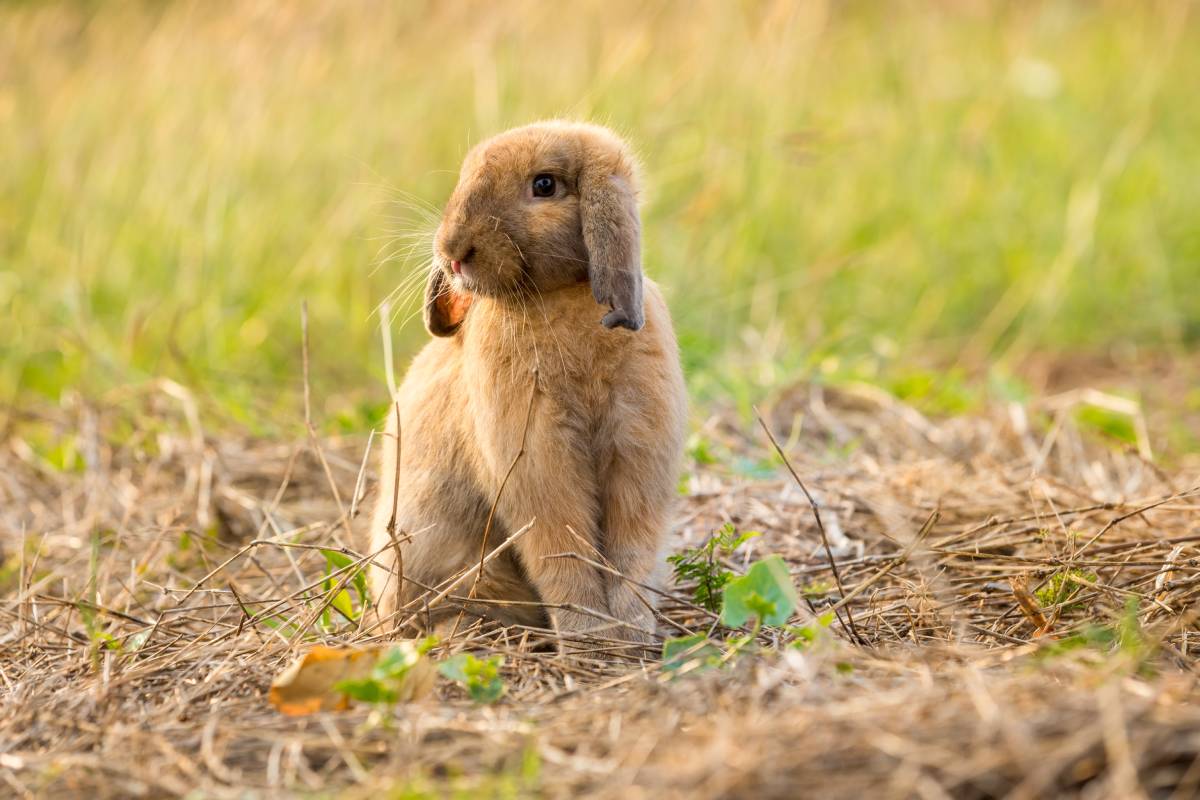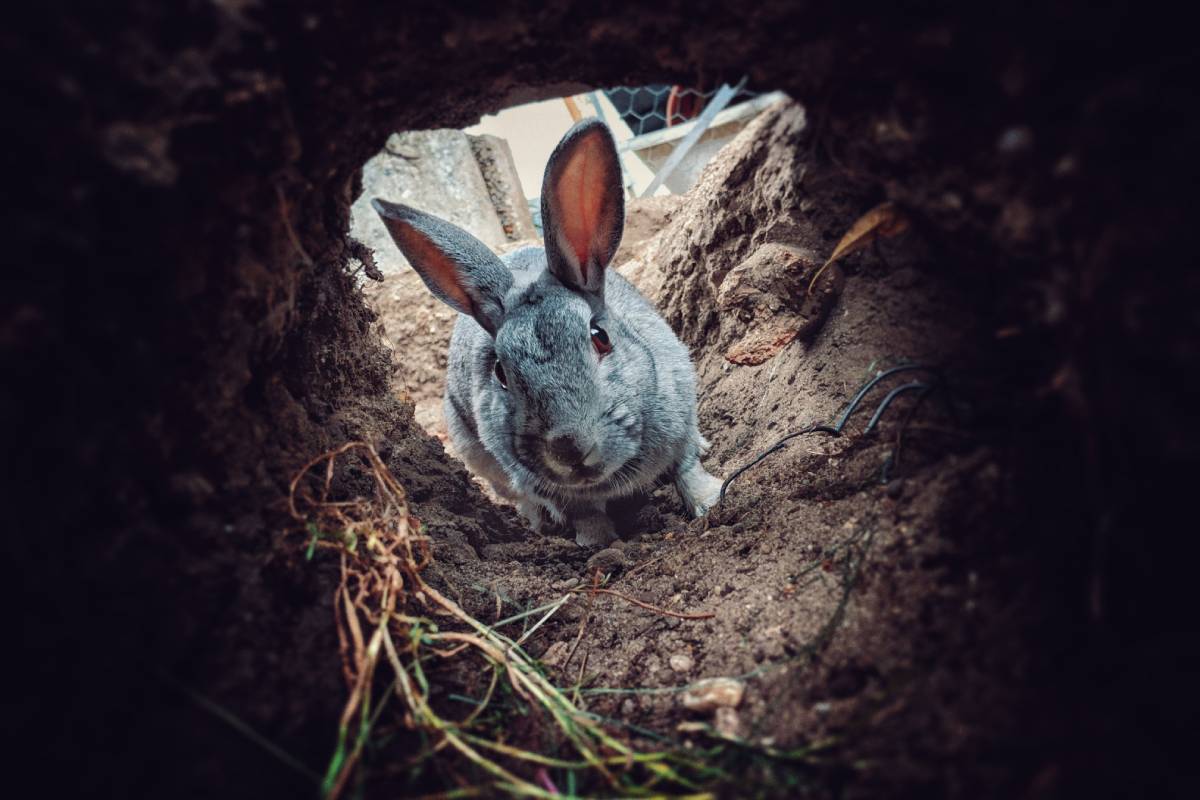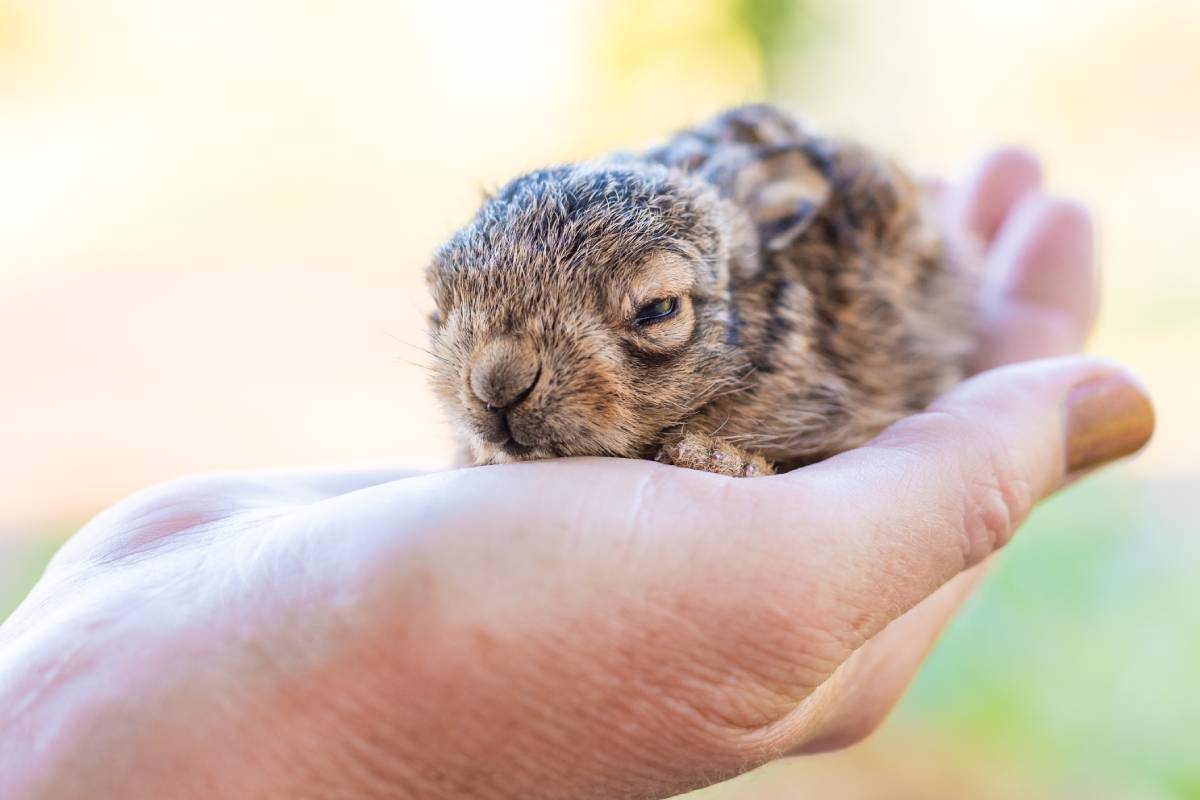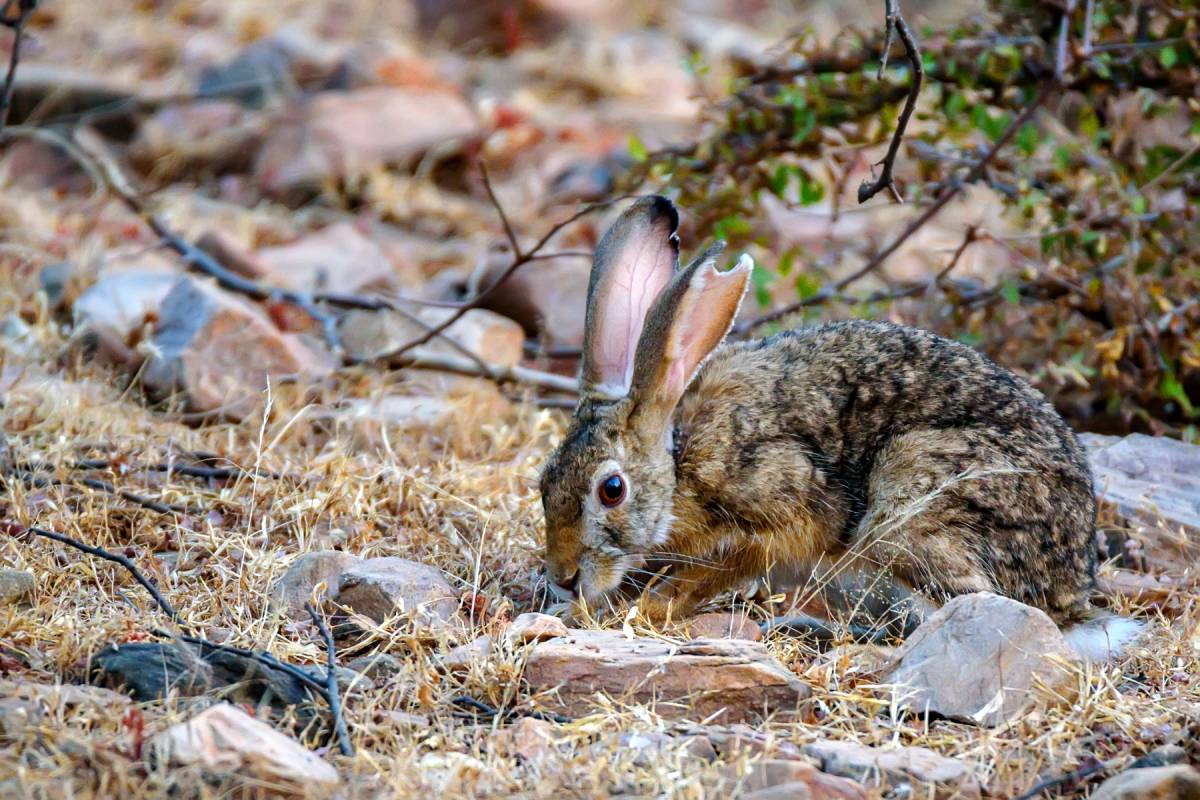
How to Identify a Rabbit Nest? What to Do If You Find a Rabbit Nest?
When you’re mowing your lawn and spot a section of dead grass, pause! There might be a rabbit’s nest underneath that browned area.
Rabbits, with their undeniable charm, can also bring about challenges when they decide to make your property their home. If you’re aiming to prevent rabbits from nesting in your yard and avoid the associated inconveniences, we might have good news for you.
In this article, we’ll talk about how to identify a rabbit nest in your yard, what to do if you find one and how to prevent them from overtaking your property. Let’s go!
You might also like: 10 Common Symptoms in Cats That Require Immediate Veterinary Attention
How to Identify a Rabbit Nest
Identifying a rabbit nest is a subtle art, even if you haven’t caught a rabbit in the act of digging in your yard. These nests are deliberately concealed by the mother rabbit, a clever strategy to safeguard her offspring from potential predators. The location of these nests can be surprisingly diverse within your yard, making them challenging to spot at first glance. However, one telltale sign of a hidden rabbit nest is a patch of dead grass. This peculiar phenomenon occurs because the mother rabbit, in the process of crafting her shallow nest, inadvertently kills the grass above it.

If you suspect the presence of a rabbit nest in your yard, it’s crucial to approach the situation with calmness and quietness. The mother rabbit is generally absent from the nest, as she only tends to her offspring twice a day. This cautious approach is designed to minimise the risk of startling the baby rabbits. While the temptation to investigate may be strong, it’s important to resist the urge to touch or disturb the nest, allowing the natural course of the mother’s care to unfold.
Rabbit nests, concealed beneath the earth and nestled amidst your surroundings, exemplify the intricate balance of nature’s design. Approach with gentleness, and you may catch a glimpse of the subtle, yet essential, role these nests play in the survival of the adorable inhabitants within.
What to Do If You Find a Rabbit Nest?
If you discover a rabbit nest in your yard, take steps to protect the baby rabbits:
Maintain a safe distance
Keep away from the nest to prevent accidental harm. Avoid walking over or disturbing it, and keep pets at a distance to avoid any interference.
Don’t mow within a 10-foot radius
When mowing, steer clear of the nest. Since rabbit nests are shallow, the babies are close to the surface and could be injured by the mower blades. Consider placing an upside-down laundry basket over the nest while mowing to prevent accidental harm.
Ensure any stray kittens are returned to their nest
If you come across a stray baby rabbit, you might need to put it back in the nest. These kittens spend around three weeks in the nest before they’re ready to be on their own. While some may appear small, about the size of a softball, and seemingly independent, if you find one smaller or with closed eyes, carefully place it back in the nest. Although you shouldn’t handle the kittens for too long, rest assured that the mother rabbit won’t reject them if they’ve been touched by humans and returned to the nest.

Contact a wildlife rehabilitator if any kittens seem unwell or injured
If any baby rabbits appear sick or injured, it’s essential to reach out to a wildlife rehabilitator. If you notice wounds, see fly eggs on the fur (resembling small grains of rice), or hear excessive crying, contact a local rehabilitator. You can also consider taking the bunnies to a veterinarian for care.
Confirm that the mother rabbit is returning to feed the kittens
It’s uncommon for a mother rabbit to abandon her babies. However, since she tends to them only twice a day, you might miss her visits if you’re not constantly watching the nest. To verify that the mother hasn’t abandoned the babies, create a simple tic-tac-toe pattern with pieces of string over the nest. Check it after about 12 hours. If the pattern is disturbed, the mother has returned. If not, contact a wildlife rehabilitator, as the mother likely abandoned the babies.
Avoid attempting to move the nest
Even if the rabbit’s nest is inconveniently located, refrain from trying to relocate it. Moving the nest can scare or harm the kittens and prevent the mother from finding and caring for them. Keep in mind that the babies are in the nest for only about three weeks, so waiting for them to move on is a short-term commitment.
Consider planting rabbit-resistant plants in your yard
To preserve your garden and prevent rabbits from damaging it, plant rabbit-resistant species. These plants may have strong odours, spiky or fuzzy textures, or toxic flowers, making them unappealing to rabbits. Some attractive options include zinnias, asters, marigolds, spider flowers, daylilies, coral bells, and snapdragons.

Ways to Keep Rabbits Away from Your Property
While rabbits are cute, they can cause damage. If you want to prevent rabbits from nesting on your property and avoid dealing with their droppings, consider these simple measures:
- Keep your lawn trimmed short. Maintain a shorter grass length to make your property less appealing to rabbits.
- Let your dog or cat roam. Allow your pets to move freely around your property, as their presence can discourage rabbits.
- Use a rabbit-repellent spray. Try a spray designed to repel rabbits and keep them away from your yard.
- Scatter Irish Spring Soap or other deterrent scents. Spread scents like Irish Spring Soap around your property, as rabbits dislike these odours.
- Place gnomes or figurines in the yard. Introduce decorative elements like gnomes or figurines, which can deter rabbits from nesting.
- Install motion-activated sprinklers. Set up sprinklers that activate with a motion to startle and deter rabbits from your property.
- Use fencing or chicken wire around garden beds. Protect your garden beds by placing fencing or chicken wire around them to prevent rabbits from accessing your plants.
- Plant garlic or onions. Incorporate garlic or onions into your landscaping, as rabbits tend to avoid these plants.
Follow these strategies and you’ll reduce the likelihood of rabbits nesting on your property and minimise any associated issues.